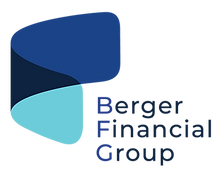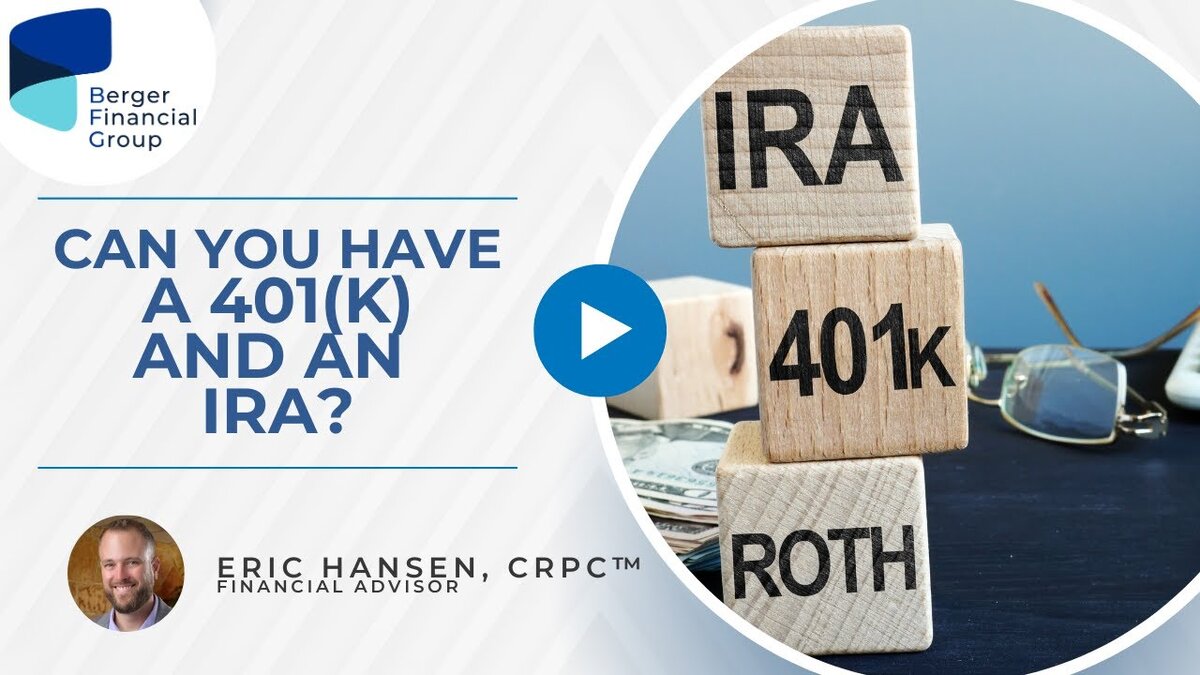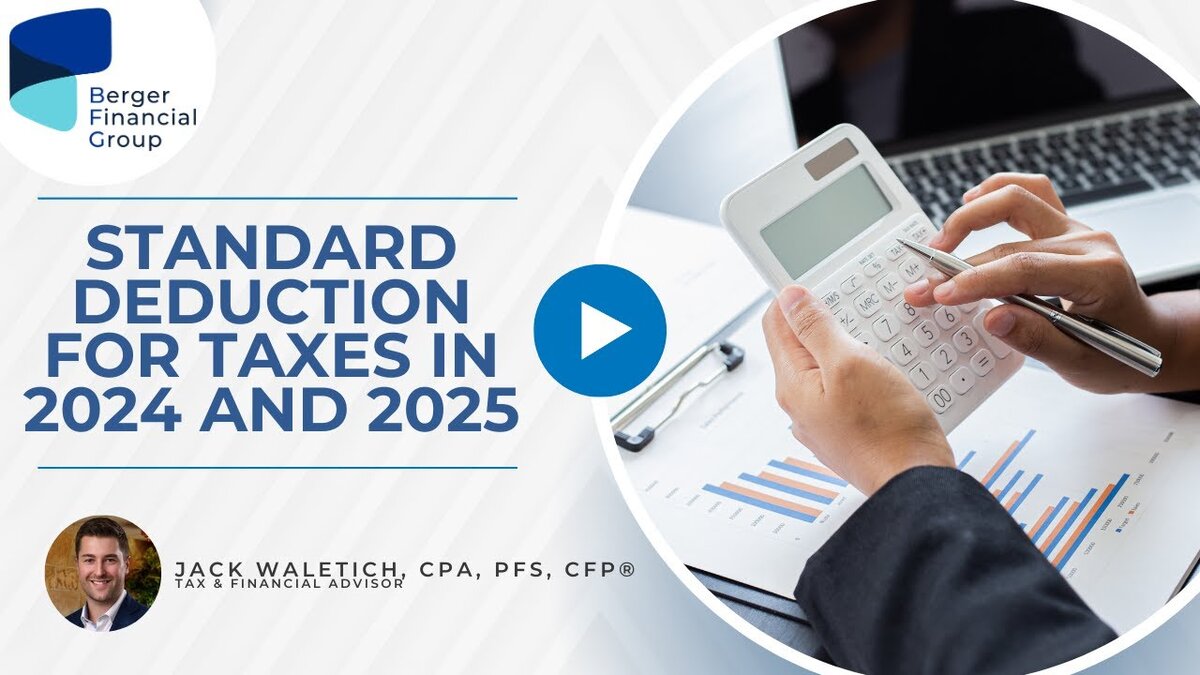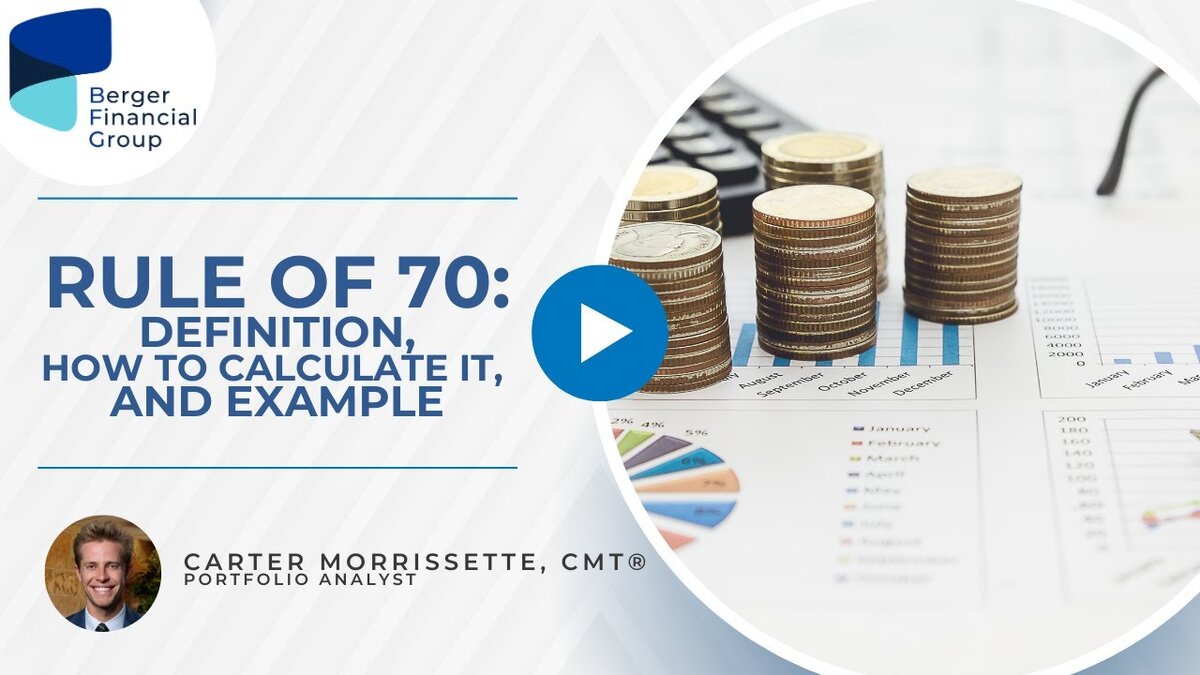How High-Income Earners Can Supercharge Their Retirement Savings
“I’m maxing out my 401(k) every year.”
This is something I hear often from high-income earners that are looking for the best place to save their next dollar.
Though it’s no secret that saving in a tax-advantaged account such as a 401(k) is an efficient way to prepare for retirement, it’s much less known just how much can be put into a 401(k) before it’s truly “maxed out”.
In 2024, the 401(k) contribution limit for employees is $23,000 ($30,500 for those age 50 and up). However, there is an additional $46,000 that could be contributed to your retirement plan using the mega backdoor Roth conversion strategy.
Here’s how it works:
Once an employee has hit their contribution limit for the year, they can contribute up to $46,000 to what’s called an after-tax 401(k) account. From there, the funds in the after-tax account are converted to a Roth 401(k) or Roth IRA. This extra $46,000 will now get to grow completely tax-free and you will have essentially contributed $69,000 to your 401(k) instead of $23,000. This makes for an extremely powerful way to boost your retirement savings, but there are a few things to watch out for:
1. Your plan has to allow it.
Not all employer-sponsored plans offer after-tax accounts. These accounts are different from Roth accounts in that the growth is tax deferred instead of tax free. Additionally, the plan must allow for in-service conversions or distributions to move the funds from the after-tax account into the Roth account.
2. Growth in the after-tax account.
Since the growth in after-tax accounts is tax deferred instead of tax-free, that growth will either have to be converted to a traditional IRA or recognized as taxable income when converted to a Roth account. Ideally, these conversions will occur immediately after the contribution to eliminate this possibility and ensure all growth is occurring in the tax-free Roth account. However, an employee’s ability to do this will always depend on the capabilities of the plan in which they are participating.
3. Employer match and profit-sharing.
The amount that you contribute to the after-tax account should be reduced by any amount that you anticipate being contributed to your 401(k) through employer matches or profit-sharing plans. If your 401(k) is completely maxed out too early, it’s possible you could miss out on these great benefits.
Mega backdoor Roth conversions are a great way to boost your retirement readiness in a tax-efficient manner. If you are looking to save extra and truly max out the amount of money you can get into your tax-advantaged accounts, work with your advisor to see if this powerful strategy is an option for you.




